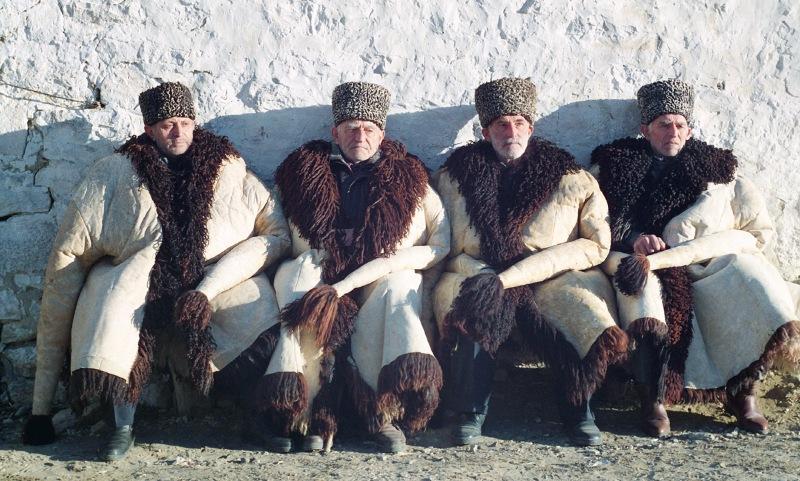Definition
by Joshua J. Mark
published on 17 December 2014
The Avars were a confederation of heterogeneous (diverse or varied) people consisting of Rouran, Hephthalites, and Turkic-Oghuric races who migrated to the region of the Pontic Grass Steppe (an area corresponding to modern-day Ukraine, Russia, Kazakhstan) from Central Asia after the fall of the Asiatic Rouran Empire in 552 CE. They are considered by many historians to be the successors of the Huns in their way of life and, especially, mounted warfare. They settled in the Huns' former territory and almost instantly set upon a course of conquest. After they were hired by the Byzantine Empire to subdue other tribes, their king Bayan I (reigned 562/565-602 CE) allied with the Lombards under Alboin (reigned 560-572 CE) to defeat the Gepids of Pannonia and then took over the region, forcing the Lombards to migrate to Italy.

Avar earrings from the 8th-9th century CE.
The Avars eventually succeeded in establishing the Avar Khaganate, which encompassed a territory corresponding roughly to modern-day Austria, Hungary, Romania, Serbia, Bulgaria down to and including parts of Turkey. The departure of the Lombards for Italy in 568 CE removed another hostile people from Pannonia, enabling Bayan I to expand his territories with relative ease and found the empire which lasted until 796 CE, when the Avars were conquered by the Franks under Charlemagne.
Origins & Migration
The precise origin of the Avars (like that of the Huns) is debated, but many historians, such as Christoph Baumer, link them with the Rouran Khaganate of Mongolia, north of China. The Rouran Khaganate was overthrown by the Gokturks in 552 CE, and the people, led by the Xianbei Mongolians, fled west to escape their rule. This claim seems the most likely but is not accepted by all scholars. The Ju-Juan tribe of Mongolia allied themselves with the White Huns against the people known as the Toba (who were Turkish) in numerous engagements and established themselves as an empire in the Mongolian region c. 394 CE. This empire became known as the Rouran Khaganate, which fell to the Gokturks in 552 CE, shortly before the Avars appear in the Steppe c. 557 CE, and so Baumer, and those who agree with him, appear to be correct.
The first mention of the Avars in Roman history comes from Priscus of Panium in 463 CE, who mentions the Avars in connection with a tribe known as the Sabirs who appear to be a subset of the Huns. Priscus is one of the primary sources on the Huns (he met and dined with Attila in 448/449 CE while on a diplomatic mission) and took note of their activities following the death of Attila in 453 CE. The Hunnic Empire which Attila established was in the process of disintegrating at this time (c. 463 CE), beginning with the Hun defeat by Ardaric of the Gepids in 454 CE at the Battle of Nedao.
Following Nedao, other nations that had been subjugated by the Huns rose against them, and the Hunnic Empire was dismantled by 469 CE. Whether the Avars mentioned by Priscus are the same coalition as those who fled Mongolia in 552 CE is debated. Many of the so-called "barbarian" tribes mentioned by Roman writers (the Alemanni, for example) changed in ethnic make-up from the time they are first mentioned to their later references. Most likely, as historians such as Peter Heather and Denis Sinor claim, the latter Avars were a different group of the same name. The earlier Avars appear to be an established confederacy of the region, while the later Avars were refugees from Central Asia fleeing the Gokturks who, it seems, pursued them.
More:
https://www.worldhistory.org/Avars/


 = new reply since forum marked as read
= new reply since forum marked as read


